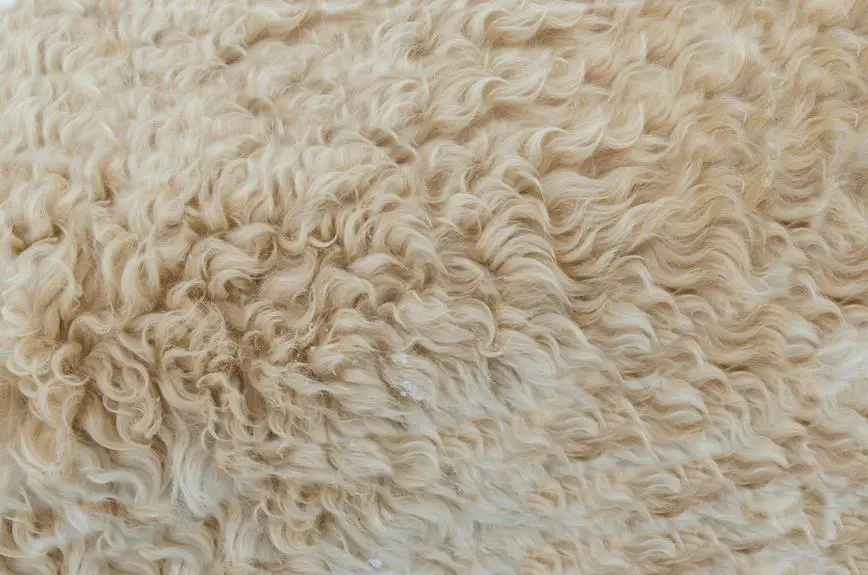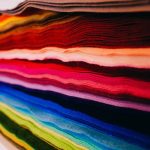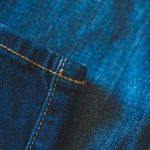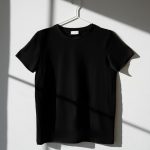When you're deciding between pinpoint and broadcloth, it's essential to consider how each fabric aligns with your specific needs. Pinpoint offers a lightweight, breathable option that's perfect for formal settings, while broadcloth provides a sturdier feel, making it versatile for various occasions. Both have their advantages and disadvantages, which can significantly impact your choice. So, what factors should you prioritize when selecting the right fabric for your wardrobe? Understanding the key differences might just lead you to a more informed decision.
Table of Contents
Overview of Pinpoint Fabric
Pinpoint fabric, known for its smooth texture and lightweight feel, combines the best qualities of cotton and polyester for a versatile choice in shirts and blouses. This fabric features a finer weave compared to traditional cotton, resulting in a more refined appearance that's perfect for both casual and formal settings.
When you wear pinpoint fabric, you'll appreciate its breathability and comfort, making it ideal for all-day wear. The polyester blend adds durability, ensuring your garments hold their shape and resist wrinkles, which means less time spent ironing and more time enjoying your day.
You'll find that pinpoint shirts often come with a subtle sheen, enhancing their visual appeal and elevating your outfit. They're easy to pair with dress pants for the office or jeans for a weekend outing.
Caring for pinpoint fabric is straightforward. You can machine wash it on a gentle cycle, and it typically dries quickly, which is a bonus for your busy lifestyle.
Overview of Broadcloth Fabric
Broadcloth fabric is another popular choice for shirts, offering a slightly heavier weight and a crisp finish that's perfect for a polished look. This versatile fabric is known for its smooth texture, making it comfortable to wear while maintaining a structured appearance. You'll find broadcloth works well in both formal and casual settings, making it a staple in many wardrobes.
Here are some key features of broadcloth fabric:
- Material Composition: Typically made from cotton or a cotton-polyester blend, providing breathability and ease of care.
- Weave: The tight weave gives broadcloth its durability and resistance to wrinkling, ensuring you look sharp throughout the day.
- Weight: Slightly heavier than pinpoint, broadcloth offers warmth without feeling bulky, ideal for transitional seasons.
- Color Options: Available in a wide range of colors and patterns, you can easily find something that matches your style.
With its refined appearance and practicality, broadcloth fabric is an excellent choice for any occasion.
Key Differences Between Fabrics
When comparing pinpoint and broadcloth fabrics, you'll notice distinct differences in texture, weight, and overall appearance that can influence your choice for various clothing styles. Pinpoint fabric features a finer weave, resulting in a smooth surface that feels soft against the skin, making it ideal for dress shirts and formal wear. In contrast, broadcloth has a thicker weave and a more pronounced texture, which gives it a sturdy and crisp look, often used for casual shirts and blouses.
Here's a table summarizing these key differences:
| Feature | Pinpoint Fabric | Broadcloth Fabric |
|---|---|---|
| Texture | Smooth and fine | Crisp and textured |
| Weight | Lightweight | Heavier and denser |
| Appearance | Sleek and polished | Casual and structured |
| Ideal Uses | Dress shirts, formalwear | Casual shirts, blouses |
| Breathability | Moderate | Good |
Understanding these differences helps you make informed decisions about which fabric suits your needs best, whether you're dressing for work, a special occasion, or everyday wear.
Advantages and Disadvantages
Each fabric type offers its own set of advantages and disadvantages that can affect your comfort and style choices. Understanding these can help you make informed decisions when selecting between pinpoint and broadcloth.
Pinpoint Advantages:
- Softness: Feels softer against your skin, enhancing comfort for long wear.
- Durability: Holds up well over time, maintaining its shape and appearance.
- Versatility: Suitable for both casual and formal occasions.
- Breathability: Allows air circulation, keeping you cooler in warm weather.
Pinpoint Disadvantages:
- Higher Cost: Generally more expensive than broadcloth options.
Broadcloth Advantages:
- Affordability: Typically more budget-friendly than pinpoint.
Broadcloth Disadvantages:
- Less Softness: Can feel stiffer against the skin compared to pinpoint.
Knowing these points helps you choose the best fabric for your wardrobe needs.
Best Uses for Each Fabric
What're the best scenarios for using pinpoint and broadcloth fabrics in your wardrobe?
Pinpoint fabric, known for its subtle texture and refined appearance, is perfect for formal occasions. If you're dressing for a business meeting or a special event, a pinpoint shirt or dress can elevate your look while keeping it sophisticated. It pairs well with tailored suits and dress pants, ensuring you look polished.
On the other hand, broadcloth is versatile and durable, making it ideal for everyday wear. You can wear broadcloth shirts casually or under a blazer for a smart-casual vibe. It's also great for layering during transitional seasons, as it provides comfort without being too heavy.
If you're seeking comfort and ease, broadcloth's lightweight nature makes it suitable for warm weather, while pinpoint's crispness is better for cooler days or more formal settings.
Frequently Asked Questions
What Is the Origin of Pinpoint and Broadcloth Fabrics?
You'll find that pinpoint fabric originated from traditional cotton weaves, while broadcloth dates back to medieval England, evolving from woolen textiles. Both have rich histories that reflect their unique characteristics and uses in clothing.
How Do I Care for Pinpoint and Broadcloth Fabrics?
To care for pinpoint and broadcloth fabrics, wash them in cold water with gentle detergent, avoid bleach, and tumble dry on low. Iron on a medium setting if needed, ensuring you maintain their crisp appearance.
Can Pinpoint and Broadcloth Fabrics Be Blended With Other Materials?
Yes, you can blend pinpoint and broadcloth fabrics with other materials. Mixing them with cotton or polyester often enhances durability and comfort, giving you a versatile fabric that works well for various clothing and home décor projects.
Are There Specific Weights for Pinpoint and Broadcloth Fabrics?
Yes, pinpoint and broadcloth fabrics come in various weights. Typically, pinpoint is slightly heavier, around 4 to 5 ounces per square yard, while broadcloth usually ranges from 3 to 4 ounces, giving you options for different uses.
How Do Pinpoint and Broadcloth Fabrics Perform in Different Climates?
In warmer climates, lightweight fabrics keep you cool, while heavier options might trap heat. In cooler areas, thicker fabrics provide better insulation. Choose fabrics based on your comfort and the specific climate conditions you'll face.
- How Does Ring Spun Cotton Affect Garment Fit and Shape Retention? - August 13, 2024
- What Are the Challenges in Producing Ring Spun Cotton? - August 13, 2024
- Is Ring Spun Cotton Suitable for Plus-Size Clothing? - August 13, 2024







